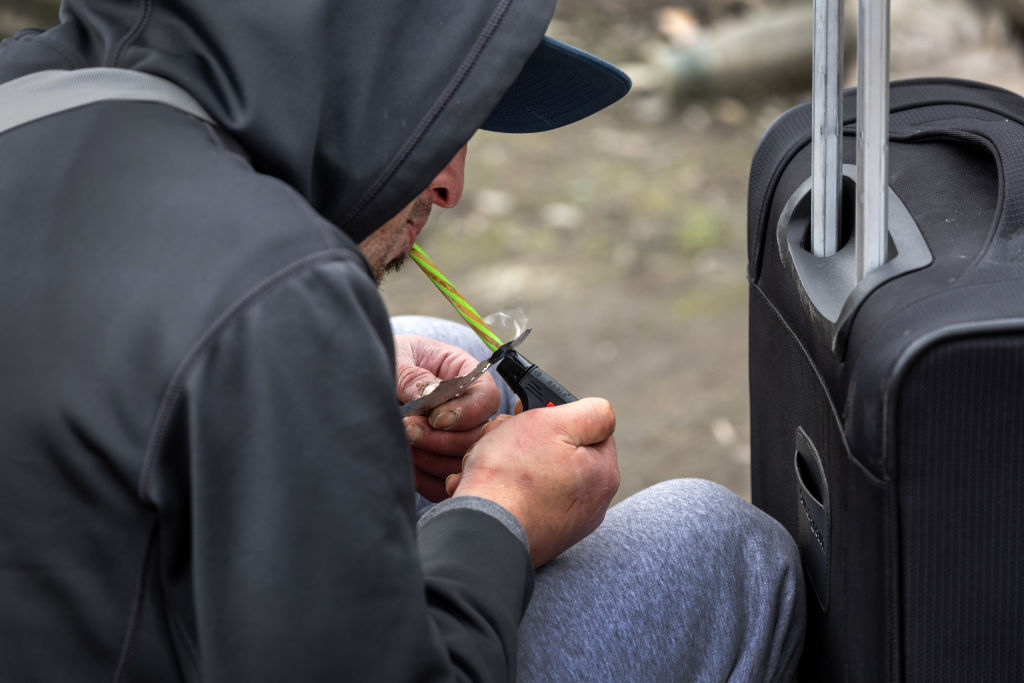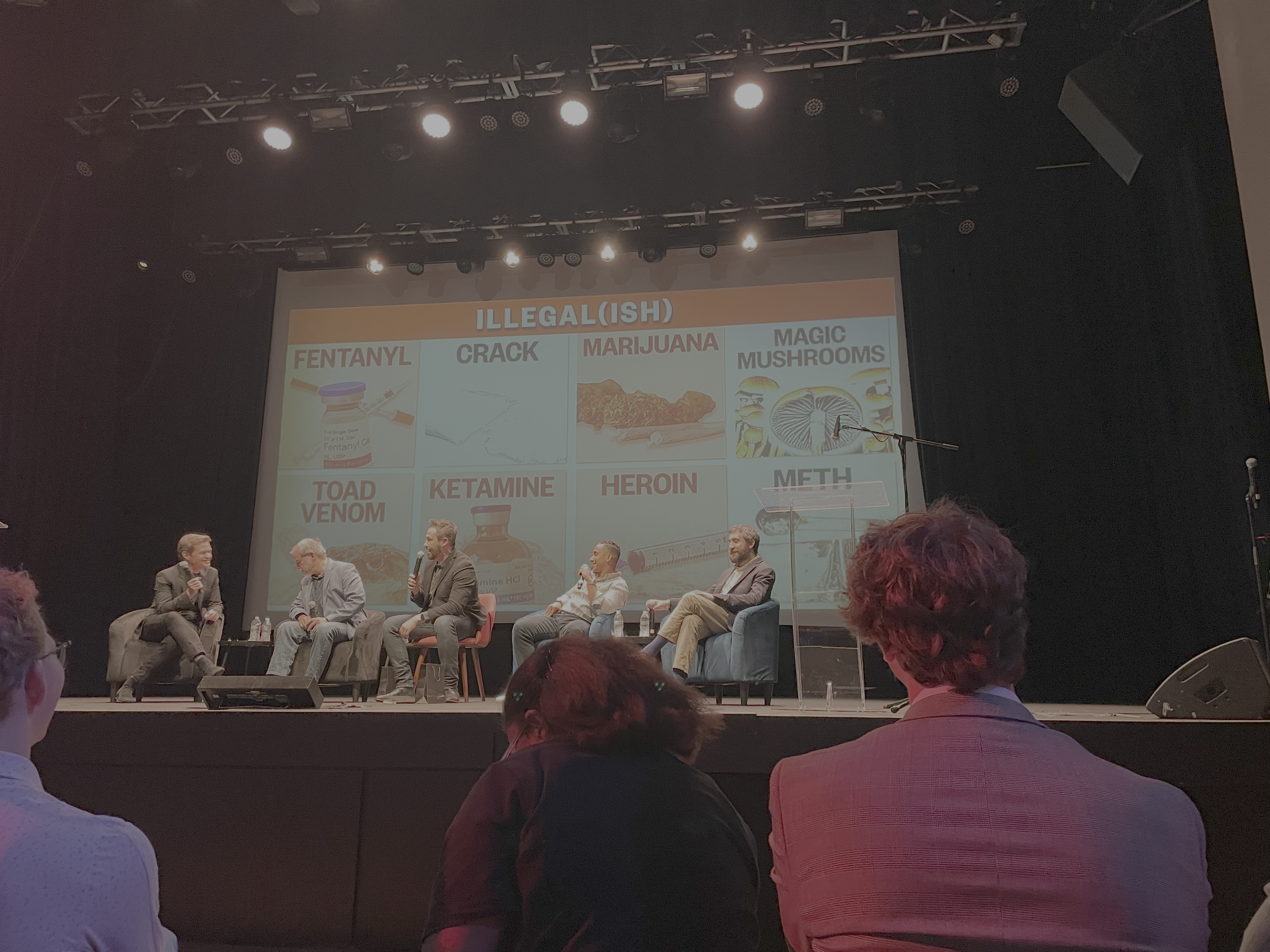As 2022 comes to a close, the United States finds itself confronting myriad threats. But there is perhaps no more immediate threat to Americans’ safety and security than illicit drugs.
The numbers are staggering. Illicit drugs have killed more than 1 million Americans since the turn of the century, with over 108,000 dying in last 12 months alone. One drug in particular, fentanyl, is now the leading cause of accidental death for adults between the ages of 18 and 45 — more than car accidents, violent crime, and suicide. And the flood of fentanyl into the US shows no signs of abating.
In view of this rising ride, the Biden administration has embraced a range of new policies focused on harm reduction and treatment, two historically overlooked areas of American drug control efforts. The scale of the crisis demands bold new strategies, and the government is right to examine the different elements of drug control policy. However, often lost in the discussion about how to address the crisis is a simple but important fact: supply matters.
The opioid crisis is fundamentally a story of oversupply. In the late 1990s, medical providers began prescribing powerful opioids at an unprecedented rate based on faulty assurances from pharmaceutical companies that their products were safe and effective at treating chronic pain. During this time, pill mills and unscrupulous clinicians prescribed opioids that far exceeded patient need, fueling the drug crisis that continues today. For example, between 2006 and 2016, drug companies shipped over 21 million prescription painkillers to Williamson, West Virginia, a small town of only 3,200 people, leading to one of the highest rates of opioid overdoses in the country.
The rate of opioid prescriptions has since declined, but the supply of prescription medications has been supplanted by even more deadly illicit drugs, including heroin and fentanyl. Today, fentanyl accounts for over 70 percent of drug overdose deaths, and according to the Drug Enforcement Administration (DEA), 60 percent of fentanyl-laced fake prescription pills now contain a potentially lethal dose of fentanyl. Last year, US Customs and Border Patrol seized 11,201 pounds of fentanyl, enough to kill every American citizen seven times over.
Notably, drug users do not often seek out fentanyl — in many cases, they aren’t even aware they are consuming it. Rather, fentanyl’s meteoric rise can largely be explained by supply-side factors. Since 2019, Mexican cartels have flooded the US with fentanyl, a smaller, stronger synthetic drug that is far more profitable than traditional plant-based drugs. Fentanyl can now be found in every corner of America, and as the supply has increased, so too have the drug addictions and deaths.
The supply-side origins of the opioid crisis highlight the need for a strong supply-side response. Most of the fentanyl consumed in the US comes from Mexico, where it is manufactured on an industrial scale with precursor chemicals imported from China. To date, these countries have shown little willingness to help stem the flow of fentanyl to the US, significantly undermining American efforts to curb the opioid crisis.
The United States must press China and Mexico to take more resolute action to disrupt the fentanyl supply chain, including greater control over Chinese chemical manufacturers and Mexican drug trafficking organizations. This should include an assortment of carrots and sticks that explicitly links counter-drug cooperation to other national interests. The US, for example, could condition continued access to its markets on demonstrable progress in the drug trade, and continue to levy sanctions, indictments, and designations against those engaged in these activities, while offering technical and financial assistance to build capacity and reward good behavior.
While the Biden administration has taken an “everything-but-the-kitchen-sink” approach to the opioid crisis, it must not forget how we reached this point — the unrelenting supply of opioids.
Jim Crotty is a former deputy chief of staff at the US Drug Enforcement Administration

























